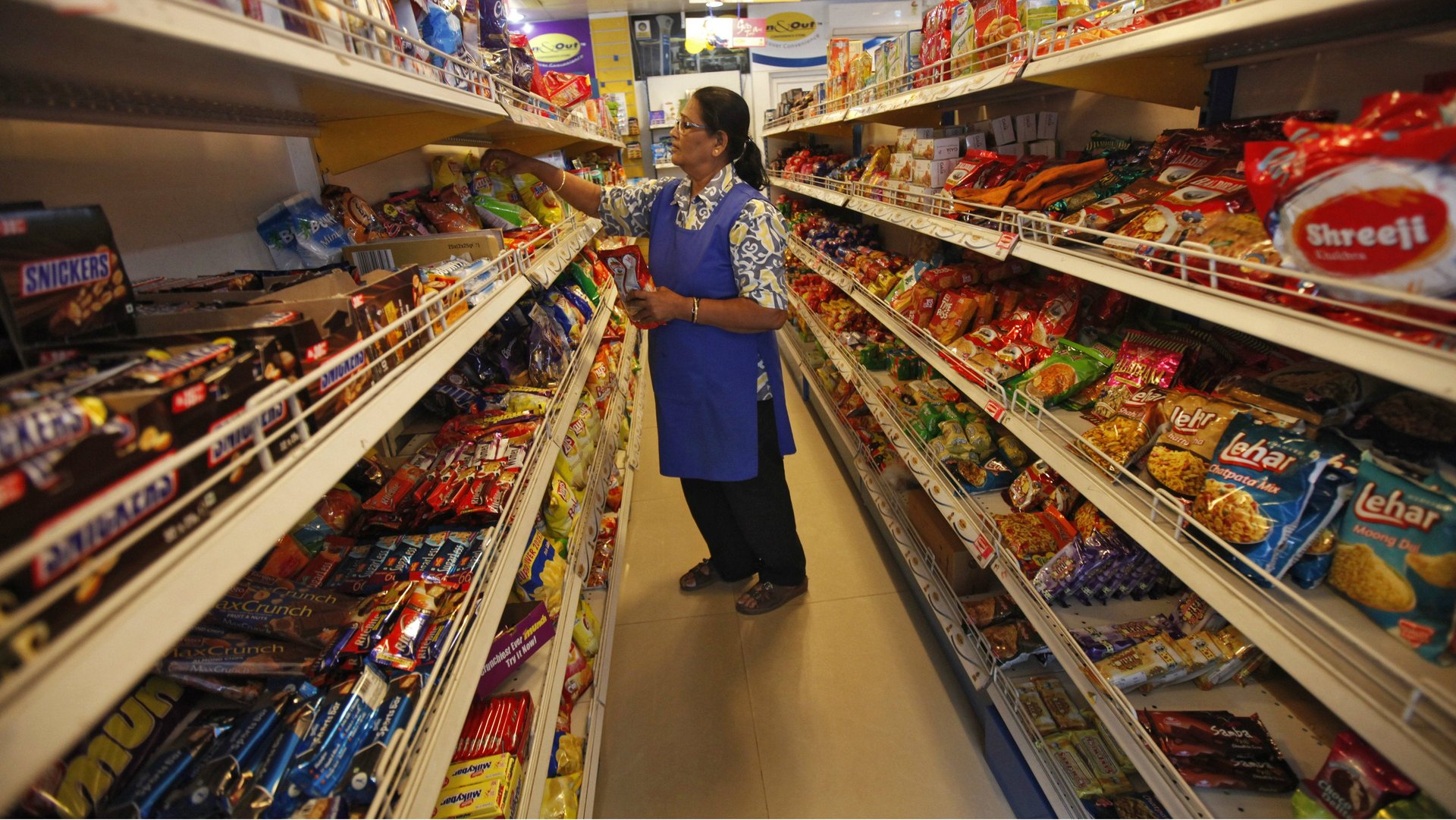For Indians, living a healthy life trumps travelling the world or making better friends
A country known for its delicious parathas, ghee-laden curries, and sugary snacks is fast making healthy living a priority.


A country known for its delicious parathas, ghee-laden curries, and sugary snacks is fast making healthy living a priority.
Nearly half (48%) of Indian consumers surveyed by market intelligence firm Mintel are aiming for a healthier lifestyle in the coming years. Healthy living topped the list of consumers’ goals and aspirations for the next three years, ranking above better time management (30%), improving relationships with family and friends (25%), and travelling (24%). Mintel interviewed 3,029 adults aged between 18 and 64 in June 2016.
Most respondents cited increased happiness as their main motivation, besides looking and feeling better.
“Many Indians believe leading a healthy lifestyle will have a knock-off effect on their personal happiness,” Ranjana Sundaresan, senior research analyst at Mintel, said in a statement. “There has been quite a bit of publicity regarding the rise in lifestyle diseases among Indians, and, thus, growing awareness of the importance of being healthy.”
And companies are taking note.
Local supermarkets are increasingly stocked with superfoods from around the world and nutritious traditional grains such as ragi (finger millet) and jowar (sorghum) have made a comeback in both households and trendy restaurants. Moreover, snack food giants from Nestle to PepsiCo are tweaking their recipes to cut the salt, sugar, and fat in their noodles, chips, and sodas, besides introducing new products for the health-conscious consumer.
Mintel says that in Asia it’s India that witnessed the most number of “natural” food products being launched between 2012 and 2016. “Natural” items accounted for 28% of all food products launched in the country last year, up from 22% in 2012.
As a result, India was the fifth-largest market for “natural” food product launches. And there’s plenty of room to grow: Indian consumers are willing to pay more for options that are made with fruits and vegetables or those that come with added nutrition.
“It is known worldwide that healthy and natural foods tend to be more expensive, and many think twice before making a purchase. However, powered by higher disposable income and increasing health consciousness, India’s growing middle-class urban population is now more willing to pay the additional cost for healthier options,” Sundaresan said.